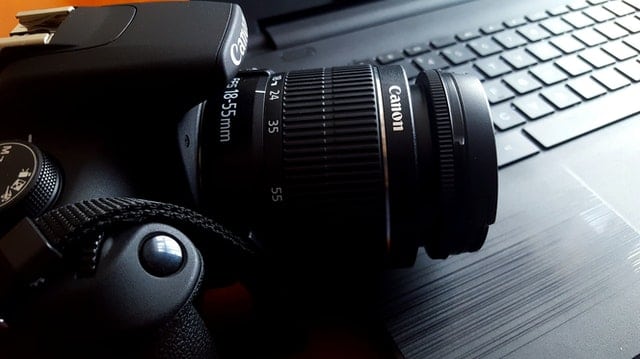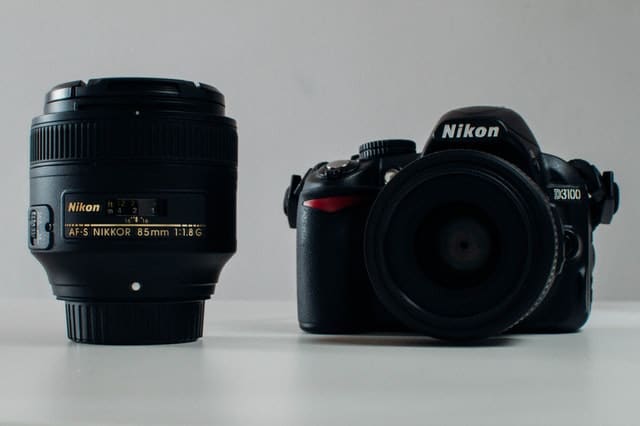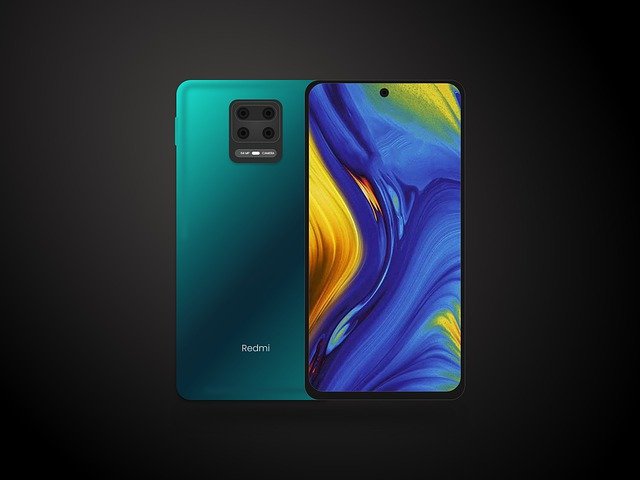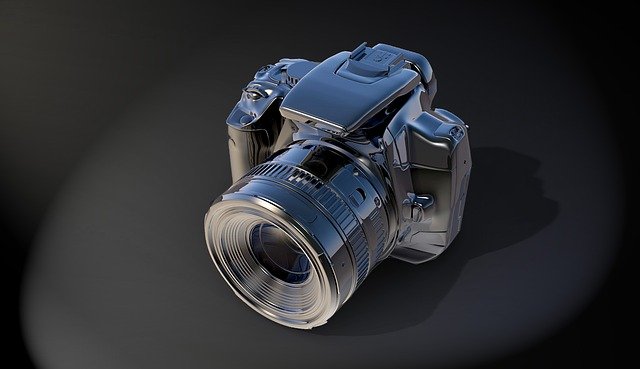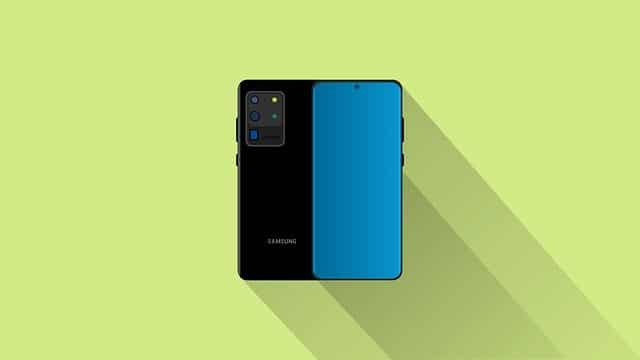Japanese giant Canon stunned the shutterbugs when it came out with its EOS R Mirrorless Full Frame Camera. This flagship camera can be your best buddy, whether it is a wedding shoot or capturing memories for your travel diary.
With this camera, Canon has stifled the rest of the photography industry. Two zooms, four RF lenses, and what not! Should you jump to this Canon offering? Well, this spot-on review will clear it up for you.
Main Specifications
Before we dive into the reviewing its every teeny-tiny feature, let us check out the key specifications:
- Sensor: 30.3MP full frame CMOS, 36 x 24mm
- Lens mount: Canon RF
- In-body image stabilization: No
- Image processor: Digic 8
- AF points: 5,655 Dual Pixel AF positions
- ISO range: 100 to 40,000 (exp. 50 to 102,400)
- Max image size: 6,720 x 4,480
- Metering modes: Evaluative, partial, spot, center-weighted
- Video: 4K UHD at 29.97p, 25p, 24p, 23.98p
- Viewfinder: EVF, 3.69m dots, 100% coverage
- Memory card: SD / SDHC / SDXC
- LCD: 3.15-inch fully articulating touchscreen, 2.1m dots
- Max burst: 8 fps
- Connectivity: Wi-Fi, Bluetooth, NFC
- Size: 135.8 mm x 98.3 mm x 84.4mm
- Weight: 580g
Key Features of the Canon EOS R Mirrorless Full Frame Camera
With so many killer features, this flagship model is a game-changer. Below, you can find a detailed review of all the Canon EOS R Mirrorless Full Frame Camera features:
Optics
The camera features the new RF mount, which has a 54mm inner diameter and a 20mm flange-back distance. The RF mount also has a 12-pin electrical interface that allows more in-depth and faster communication between the lens and the camera.
The Canon EOS R does not facilitate in-body sensor-shift picture stabilization. In addition to the EOS R body, the mirrorless camera also harbors four brand-new RF lenses. Plus, there are also customizable control rings that let the users conveniently change the settings.
To make proper use of the existing lenses, Canon is also offering an EF-EOS R mount adaptor. Shutterbugs will be delighted to spot the 1.5x crop features that produce 11.6-megapixel files. It supports C-RAW, JPEG, AND RAW capture.
Design
Much like the Nikon Z and Sony Alpha, the EOS R also sports an angular, all-around, and streamlined body design. Compared to the rest of the EOS range, the EOS R is much more light-weight and compact. We love that despite being compact, it still provides an ergonomic handgrip.
With the battery, the EOS R weighs only 660g. Surprisingly, the EOS R also equips a weather-resistant and magnesium alloy chassis. Design-wide, you can expect the EOS R to be more smooth and angular than the other mirrorless cameras.
Canon perfectly recessed everything into the EOS R’s body. It has a minimal and sleek appearance, and there is quite a range of physical controls. It has a command dial, AF-on key, multi-directional control, and many more features.
Canon EOS R gave a mix to the orthodox PASM dial. The mode button is positioned into the rear thumb dial. There is also a separate lock button. This design allows the Canon EOS R to prevent accidental mode change.
What is the most exciting upgrade on this flagship model? It has to be the new “Fv” mode. With the Fv mode, you can rapidly switch from Av, TV, ISO, exposure compensation using the top dial.
There is a new touch bar-style “M-Fn Bar” control to the right side of the EVF. The good part is that this button is also customizable. This model also has a top-deck status display for exposure information and shooting modes.
The electronic viewfinder has an OLED display and 100% FOV coverage. In terms of design, the Canon EOS R touches a near-perfect score.
Image & Sensor Quality
The EOS R revolves around a full-frame 30.3-megapixel CMOS sensor. This feature puts the camera on-par with the high-end models in terms of resolution. With a pure megapixel count, the Canon EOS R beats both Nikon Z6 and Sony A7 III.
It is no secret that pixel count is not the be-all or end-all of the sensor or image quality. The EOS R employs the DIGIC 8 image processor for better performance. In terms of ISO, the EOS R offers that standard 100-40,000 range.
Besides, you can bring down the ISO levels to as low as 50 and as high as 102,400 and 51,200. Alongside the RAW file capture feature, EOS R also offers Dual Pixel RAW functionality.
You will appreciate how the Canon EOS R also offers the freedom to make micro-adjustments post-capturing. You can add ghosting, focus, and bokeh properties.
Video
For people who are looking forward to shooting quality videos, EOS R has good news for you. You will find a host of high-tech features on the Canon EOS R, such as the 4K UHD. The 4K bitrate at 480mbps is pretty decent as compared to other cameras.
Besides, the EOS R offers C-Log recording too. The HDMI output is 10-bit 4:2:2, and it utilizes BT.2020 color matrix. The Canon EOS R also, of course, supports Full HD recording for up to 60p. If you want to opt for high-speed shooting at 120 fps, you will have to compromise the quality.
You will require a UHS V60 SD card for 4K, whereas the UHS-I U3 card is sufficient for lower resolutions. 29 minutes 59 seconds is the maximum video recording time on the Canon Eos R. Despite being a flagship entrant, EOS R is nowhere lagging in video quality.
Final Verdict – Buy or Not to Buy?
If you ask us, the Canon EOS R deserves to be in your cart. With so many features at this price point, the unit is hard to beat while trying to compete with some big names. All in all, Canon’s first attempt at full-frame mirrorless cameras is a massive success. The EOS R heavily relies on a touch interface, an excellent upgrade for all technology lovers. Both the price tag and the features seem to be well in sync for the Canon EOS R camera. Additionally, the Canon EOS R benefits from a robust autofocus system and impressive low-light performance, making it suitable for both amateur photographers and seasoned professionals. As you explore the Canon EOS 90D features overview, you’ll find that while the EOS 90D caters to a different segment with its DSLR benefits, the seamless integration and advanced capabilities of the EOS R truly set it apart in the mirrorless market. Whether you’re capturing stills or shooting video, the EOS R offers versatility that is hard to match within its price range.

